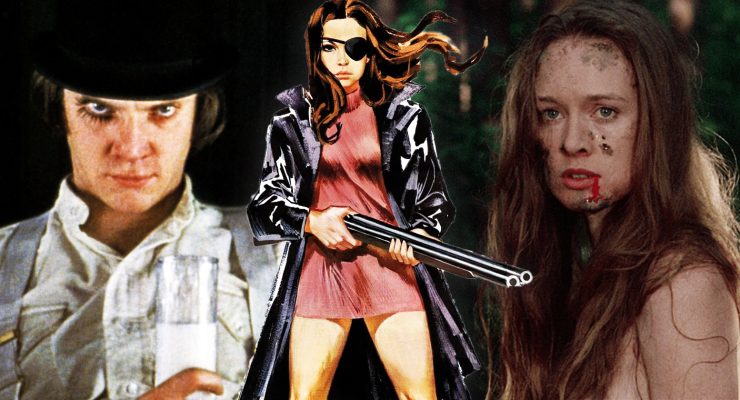Air Doll (Japan: Kûki ningyô), 2009.
Written and Directed by Hirokazu Koreeda.
Starring Doona Bae, Arata, Itsuji Itao, Jo Odeagiri and Sumiko Fuji.
SYNOPSIS:
A life-size sex doll, Nozomi (Bae), comes to life one day and, after educating herself on her community, starts to develop and soul and heart.
Stories on the subject of sex dolls are seldom explored in cinema. Often times, the preferred manner of looking at sex dolls and their owners are through a darkly comic eye. Lars and the Real Girl mixed sentimentalism, drama and comedy together in its exploration of it and similarly, Hirokazu Koreeda’s Air Doll does the same. Where the Western film with Ryan Gosling and the Donna Bae-led Japanese film differ most is the animation of the doll. Whereas Lars and the Real Girl looked at the purchaser’s state of mind when it came to buying the lifeless thing, Air Doll brings that thing to life in order to reflect on what it means to be human.
Donna Bae as the eponymous doll does a fantastic job at mapping out the evolution of the human mind. She begins “life” with the mentality of a toddler, where curiosity reigns supreme in her outlook on life. She then slowly experiences flourishes of hormones in lust and eventually matures with feelings of grievance, love and gregariousness. The story lends itself to showing the change in her life but it is mostly Bae’s appearance that highlights growth. As she awakes from her plastic, inert state her eyes are wide and unblinking, absorbing the details of life. Slowly, through real-life experiences, the eyelids droop slightly and one or two lines appear on her shiny, immaculate face. The movements of the youngster’s zeal gradually become more restrained and the doll seems like any other civilian. As you have to invest your belief in this story, Bae manages to contribute a lot to its believability.
Problems do occur, however, with how you perceive the mysticism. Fairytales are, of course, fantastical but many show the line between reality and magic. For some stories it may be matters of one character seeing a different, unbelievable event take place whilst those around them are blind to any change. In Air Doll it is difficult to understand the metamorphosis of “reality” to accommodate the living, breathing doll. You could go so far to see the whole film as a figment of the doll’s imagination or maybe even one of the other characters’. In any case, some may struggle with the notion of magic in this film, especially considering its blend with social drama.
Trying to encompass all of the themes is something that detracts from the entertaining factor of Air Doll; had the film been cut down to 90 minutes it would make for a purely enjoyable film. There are several side characters that add more to Nozomi’s perception of urban life, all of them given decent characterisation, and mostly the right amount of screen-time. What’s impressive about the enveloping stories is that even with the slightly too-long runtime the end draws it all together in a beautifully shot montage.
Air Doll is a surreal take on the fairytale model with Nuances of Ozu and Capra. It fuses magic-realism better than most efforts and contains some great humour along with deep reflections on life and love. Certainly not for everyone; for those thinking it’s a light-hearted modern fairytale be warned, it contains frequent adult content.
Flickering Myth Rating – Film: ★ ★ ★ / Movie: ★ ★ ★
Piers McCarthy – Follow me on Twitter.











